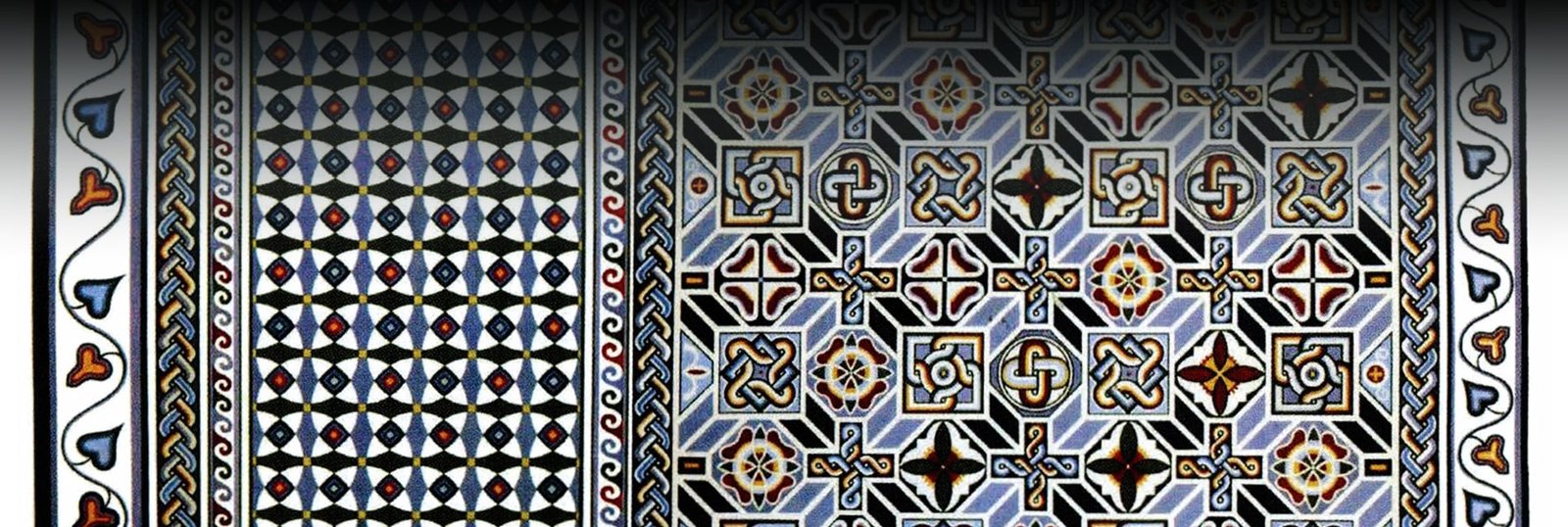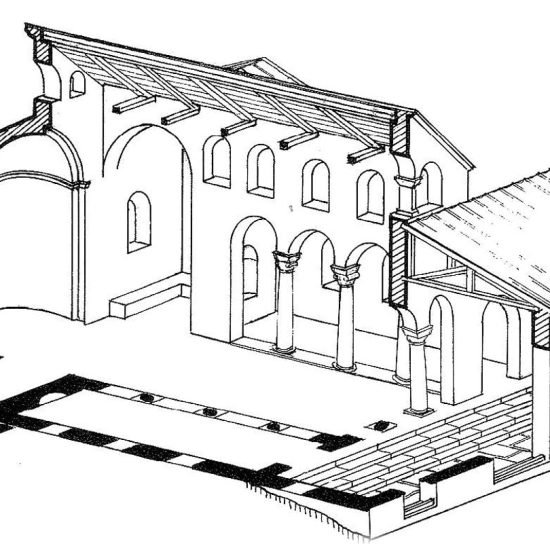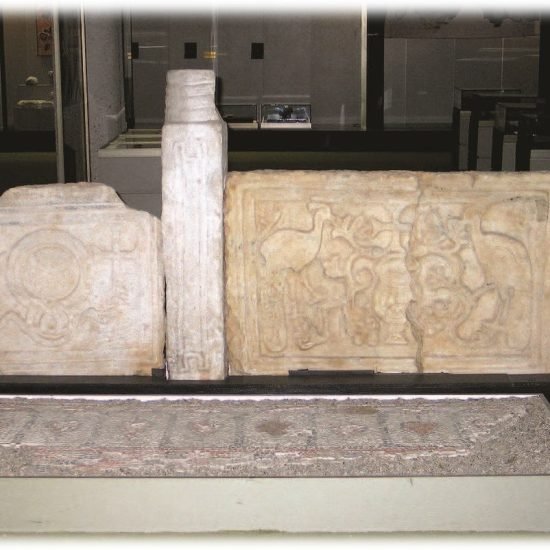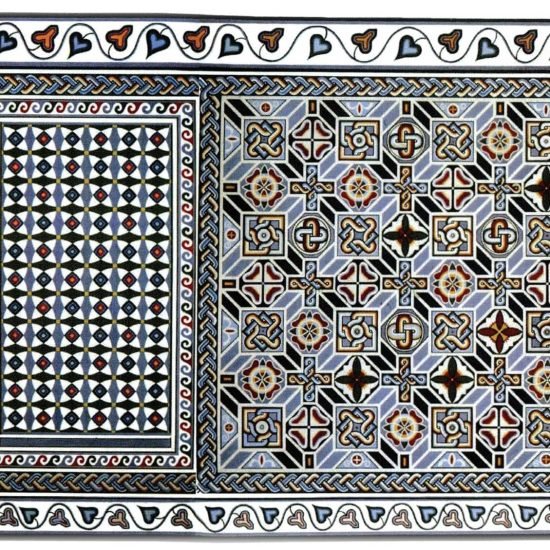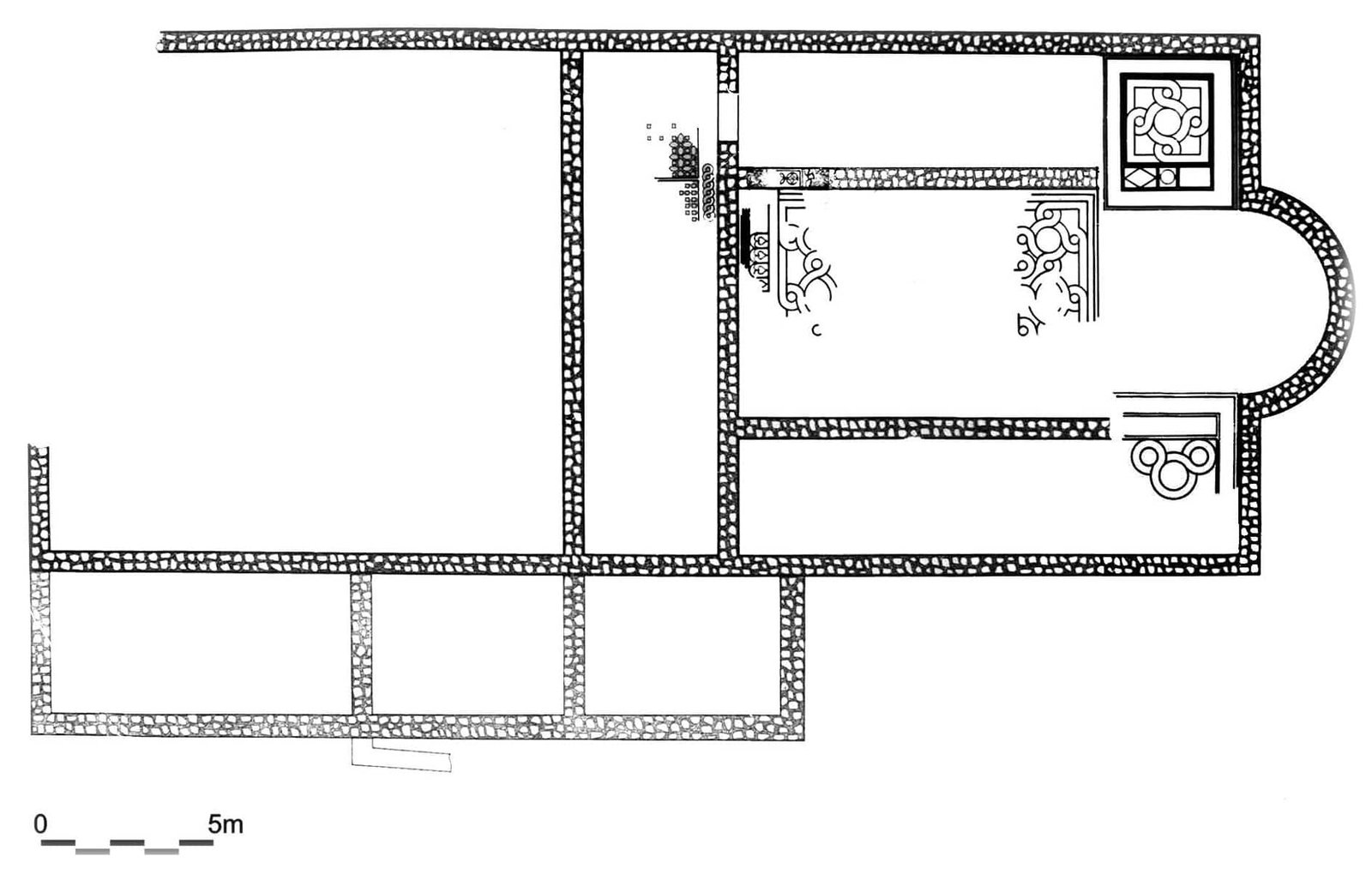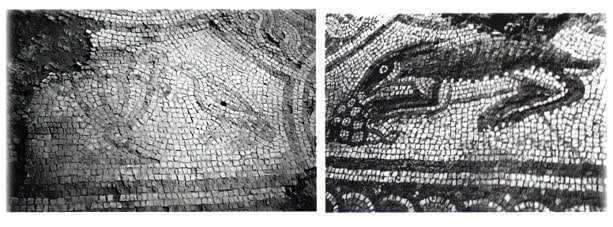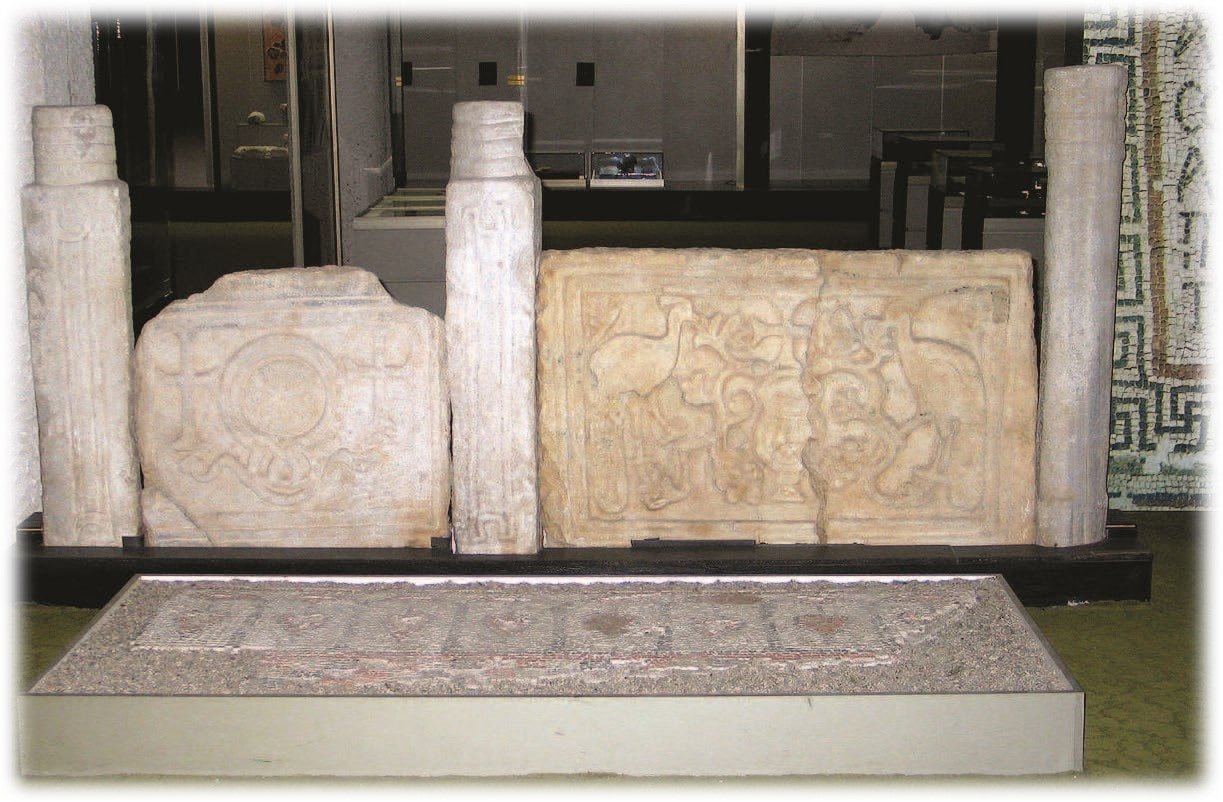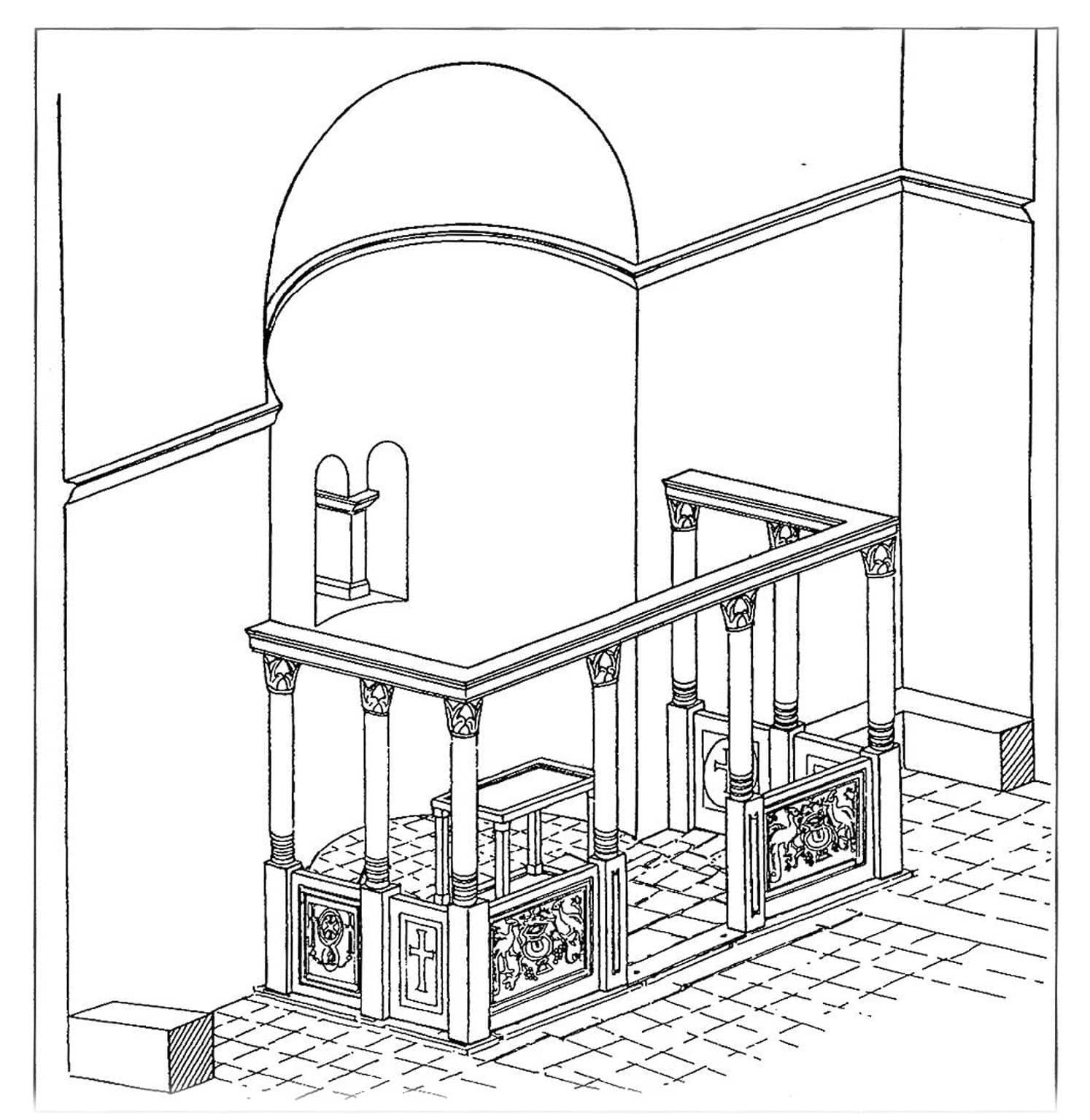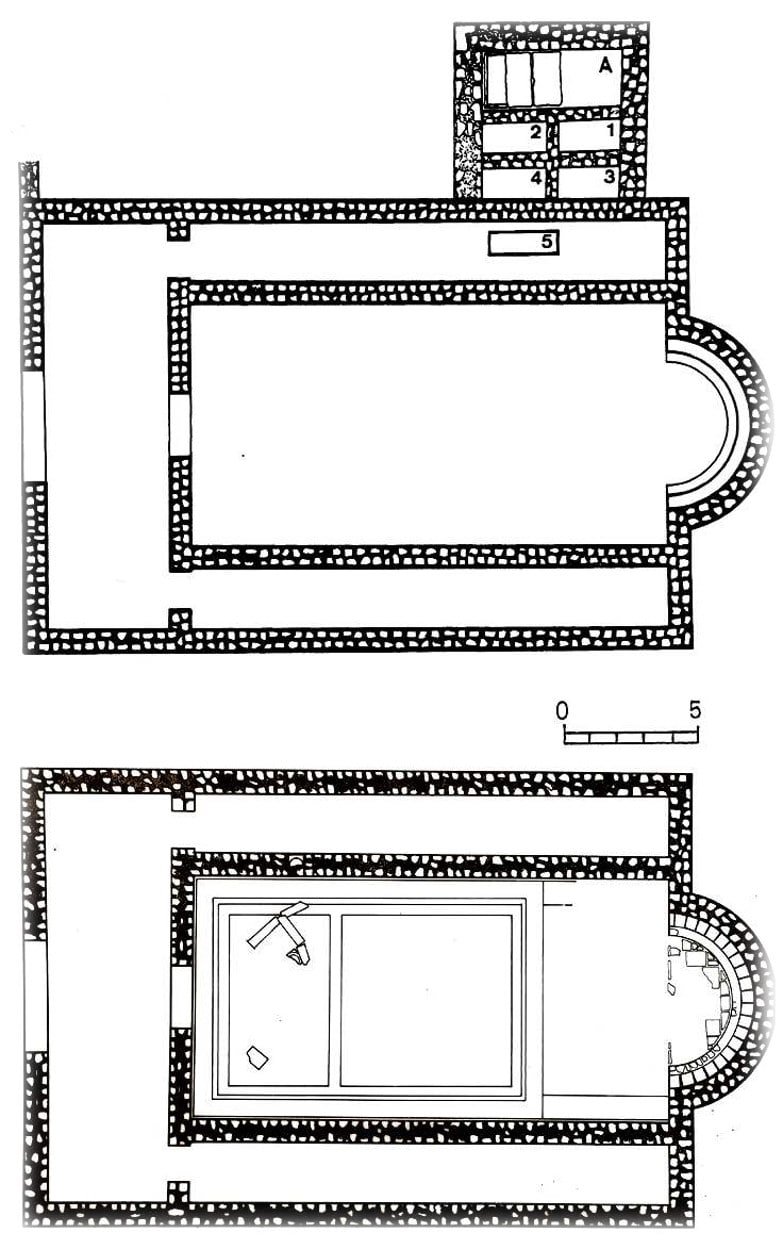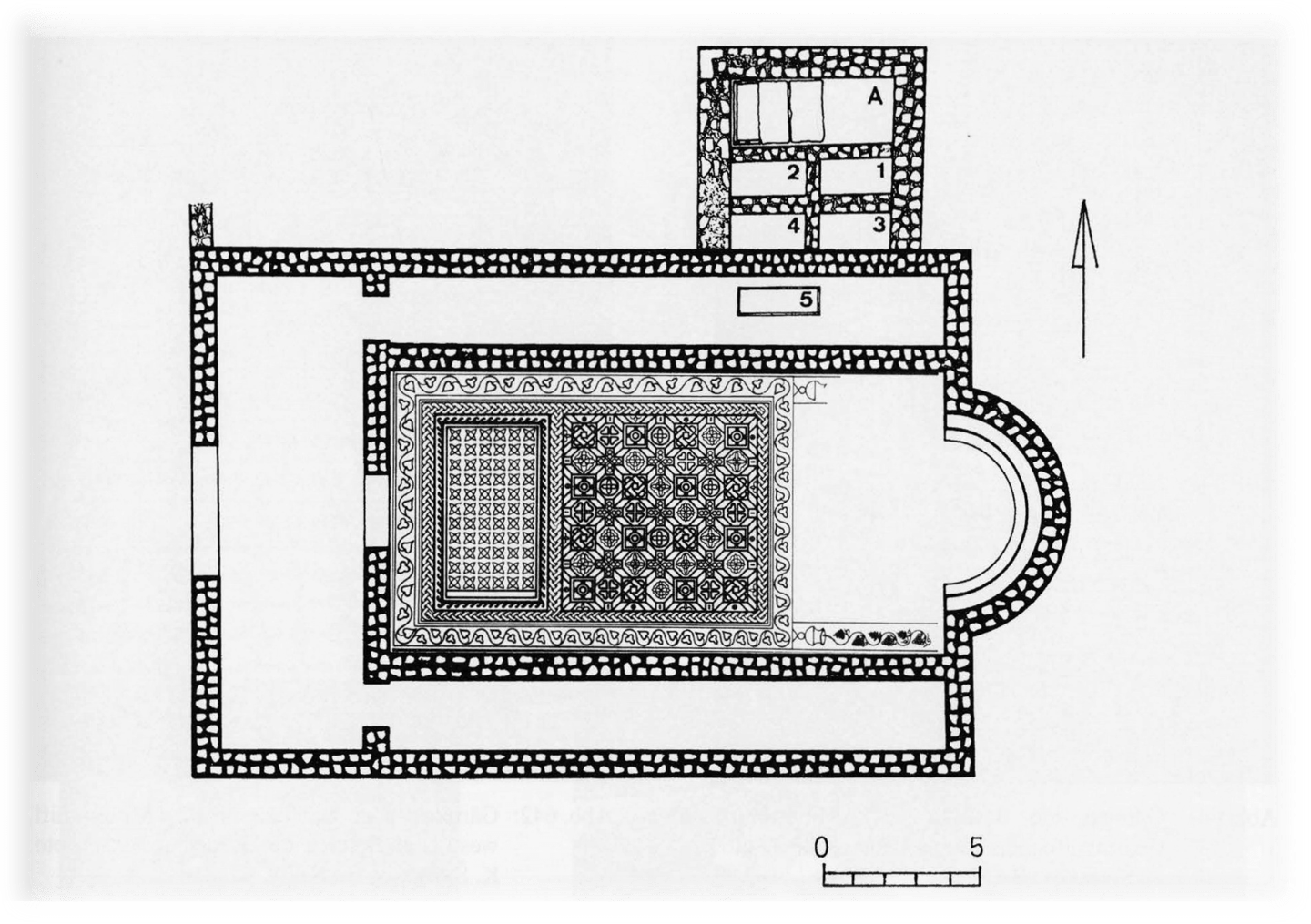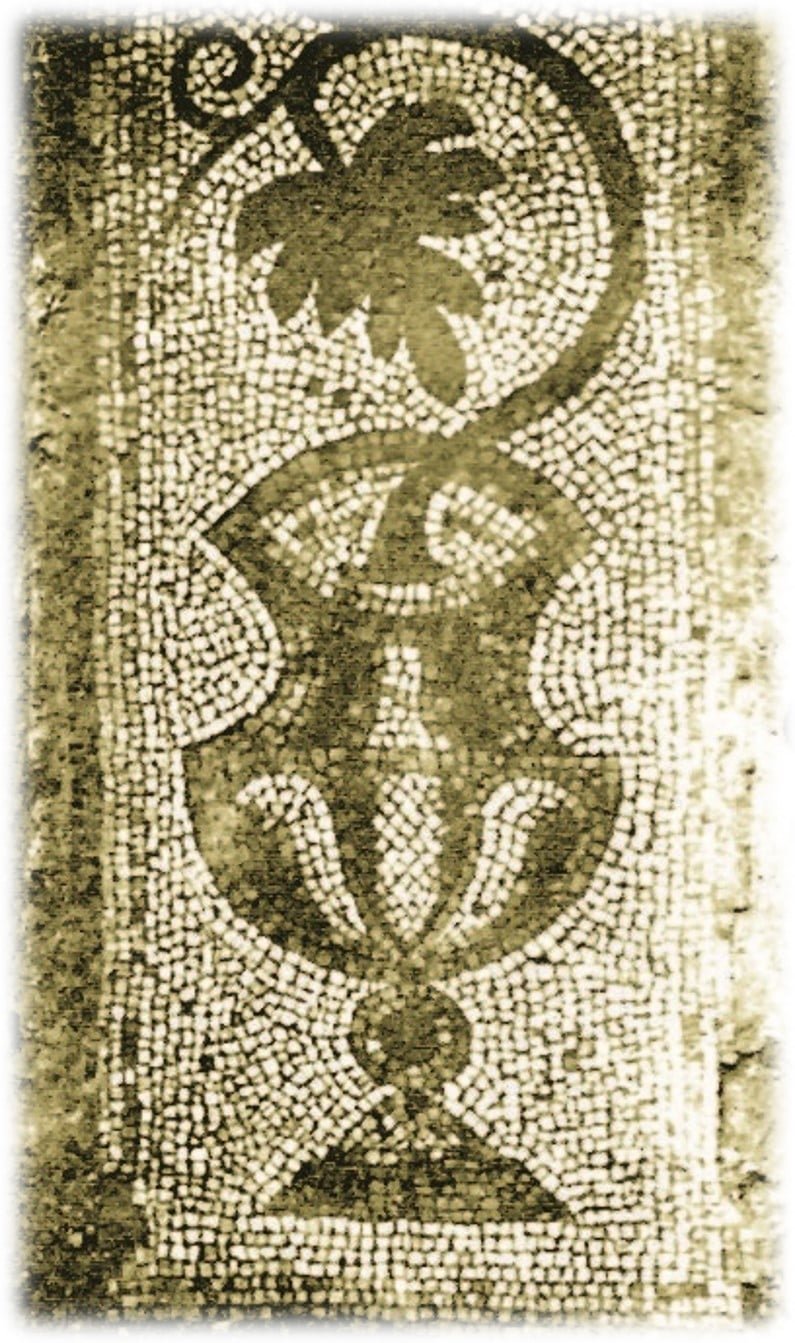Nicopolis ad Nestum
per person
Nicopolis ad Nestum is a Roman town located in southwestern Bulgaria. The “Town of victory on the Nestos River” was founded in early 2nd c. by the Roman Emperor Trajan, in honour of his victory over the Dacians. Its position was strategic along the road connecting the Aegean coast with the main military road Via Egnatia through the Rhodopes and the Thracian lowlands to Philippopolis (today’s Plovdiv).
The most intensive construction of basilicas in the region took place in the late 4th c., when the town became an Episcopal residence. The early Christian building along the left bank of the Nestos River (Mesta today) has been already attested by a few basilicas and other Early Christian sites. Since the mid 1st c. according to Evangelist Luke and also some a bit later inscriptions, the Christianity penetrated the area and spread along the border between the two provinces – Thrace and Macedonia. This fact has been proven by the archaeological investigations of the basilicas located closest to Nicopolis – basilicas No 1 and No 2, the latter with a martyrium.
Nicopolis ad Nestum appears for the first time in the work of the ancient geographer Claudius Ptolemy around 165 AD, when he lists the inland towns in the province of Thrace. Around 450 AD Socrates of Constantinople also known as Socrates Scholasticus, mentions the town as an Episcopal residence. One of the seven Episcopal centers in the province of Rhodope, Nicopolis became a center of the Christianization in the region of the upper and middle Mesta River.
The town was destroyed during the invasions of Slavs and Avars in the late 6th c. (577). However, it continued to exist for a few more years, before being completely destroyed by an earthquake at the end of the century. It was rebuilt during the reign of Justinian I.
In the 9th c. until the early 11th c. the bishops of Nicopolis are mentioned as Byzantine bishops, and for last – in the 13th c., during the Crusades.
FORMAL ANALYSIS
Remains of three Early Christian churches have been revealed outside the town fortress walls.
Basilica 1 was constructed in two phases. Initially it was built in the third quarter of the 5th c. and its floor was covered with mosaics. Then in the late 5th – early 6th c. the basilica was reconstructed. At that time mosaics were arranged in the side aisles, altar screen was added and synthronon was raised in the central apse. The wall paintings registered date from both phases.
According to the archaeological research, a monastery was also organized around the basilica.
Votive tablets found during the study suggest the monastery complex and the basilica were built over a pagan sanctuary – a practice well known all over the modern Bulgaria at least.
Monastery St. George Monastery. Another basilica has been found along the left bank of the Mesta River at the southwestern end of the village of Debren (the old abandoned village), at Manastir Sv. Georgi – St. George Monastery site. A single apse Early Christian basilica was discovered there, built in the 6th c. It is distinguished by rich stone decoration.
The small basilica in the village of Oreshe. In the 1980s, on the dirt road between the villages of Oreshe and Debren, A. Milcheva explored a small basilica. It had been destroyed by an earthquake, but had all the architectural-decorative ornamentation of the altar screen, sacra mensa, etc., intact. The three-nave one-apse basilica belongs to the Hellenistic type. The apse is small and irregularly shaped, hewn into the rock, and reinforced on the exterior by a supporting wall. The alter screen is one of the best-preserved examples in Bulgaria. It was composed of eight columns supporting the screen plates. They all were double-faced – with crosses inside geometric shapes to the altar, and peacocks, vines and kraters – scenes symbolizing the Paradise, to the nave. The same type of decoration, though later and schematic, was applied to some of the capitals. A small silver reliquary was discovered below the collapsed sacra mensa, shaped like a miniature sarcophagus, but without the acroteria at the corners.
An entrance in the northern aisle led to a small tree-conch baptistery attached to the church northern wall. A coin of Justinian the Great (527-565) was also found in the apse. The basilica had two construction stages in the 5th – 6th c., the second construction period being in the first half of the 6th c. It was destroyed by an earthquake at the end of the 6th c.
Basilica 2. To basilica No 2 a martyrium of an arcade construction was applied. It was built immediately after AD 313 (around the mid. 4th c.). A similar arcade has been established at a few basilicas in Syria. Interpreted as capella memoria, the martyrium served as a martyrial and cemeterial church. It is in plan three-nave one-apse, with a narthex and probably an atrium to the west. Unfortunately, today some sectors of it lie below a modern house. An additional chapel with five tombs were also revealed. According to the researcher V. Popova, the original martyrium was built to keep the relics of a martyr from the time before 313. It contained a tomb constructed entirely of marble and also four other tombs plus one below the northern aisle. Thus the martyrium became the core for construction of the basilica about the mid 4th c. and the burial place of the bishops of Nicopolis.
The basilica is three-nave, one-apse, with a single narthex and an atrium to the west. The semicircular apse was supplied with a three-step synthronon and the Episcopal throne. It belongs to the Hellenistic type of churches. Probably the colonnade was of a Corinthian order. The floors were covered with polychrome mosaics partly preserved. Its composition represents intertwining circles with ovals and fish, bird and ornamental – geometric patterns. The basilica’s walls were decorated with murals in the al fresco technique. The fragments of exquisitely made mensa sacra, discovered among some ruins.
Other findings provide data about a few more basilicas along the left bank of the Mesta River. The fragments of excellently manufactured mensa sacra (today at the Museum of Gotse Delchev) were part of a flat disc of white and extremely well–polished marble. Relief scenes have been engraved around the rim – a composition of three hunting scenes and one with fantastic images from the marine world. Among them are relief heads of the deities Apollo, Artemis, Athena and Hermes. According to M. Chichikova, who has studied the scenes and the technological processing of the stone, they were produced at some of the Aegean sculptural ateliers.
The profiled plate from the altar screen, recently discovered in the village of Skrebatno, is of the same white marble. It is decorated with a kantharos, from which vines emerge; a cross is on the neck of the kantharos. The plate is well polished. A marble trough, decorated with crosses, discovered inside the Peristyle building (villa urbana) by the southeastern angular tower of Nicopolis, also belongs to the early Christian art. At both ends it is decorated with relief crosses, and in the center – with a circular stylized rosette.
Holy Theotokos Monastery (Sveta Bogoroditsa Monastery) . The Monastery of Holy Theotokos – The Life-giving Spring is located along the right bank of the Mesta River, above the modern town of Gotse Delchev. On the ground around the original church, which existed until 30 years ago, extended and reconstructed today, fragments of columns, capitals in Ionic order, bases, etc. were discovered. They date to the 5th c. and belonged to an early Christian basilica at the same spot, which was probably also part of a monastery complex.
Nicopolis ad Nestum and its vicinities are among the few well preserved Early Christian sites in Bulgaria and the only town in the Rhodope Mountains explored so far.
KATYA MELAMED AND ELENA ENDAROVA
- NICOPOLIS AD NESTUM © PHOT. MICHAEL VAKNILOV
- Plan of basilica No 1 © after V. Popova
- Basilica No 1 – floor mosaics © PHOTS. MICHAEL VAKNILOV
- The basilica in Oreshe © PLAN. MICHAEL VAKNILOV
- The altar screen from the basilica in Oreshe, reconstruction © PHOT. S. PETROVA
- The altar screen from the basilica in Oreshe. Reconstruction. © DRAWING, MICHAEL VAKNILOV
- Plan of basilica No 2 © after V. Popova
- Basilica No 2. Western wall, frescoes © PHOTS. MICHAEL VAKNILOV
- Basilika No 2 © PLAN. MICHAEL VAKNILOV
- Basilika No 2 – mosaic panels; reconstruction © DRAWING, MICHAEL VAKNILOV
- Basilika 2 Detail of the mosaics © after V. Popova
Tour Location
Nicopolis ad Nestum
| Other monuments and places to visit | Municipality Museum of History – Gotse Delchev town |
| Natural Heritage | |
| Historical Recreations | |
| Festivals of Tourist Interest | |
| Fairs | |
| Tourist Office | In Gotse Delchev town; only fax 0751/ 6 00 66 |
| Specialized Guides | Yes |
| Guided visits | Yes |
| Accommodations | Yes, some possibilities in Garmen village, better in Gotse Delchev town |
| Restaurants | Yes, some possibilities in Garmen village, better in Gotse Delchev town |
| Craft | |
| Bibliography | |
| Videos | |
| Website | nikopolisadnestum.bgsait.com |
| Monument or place to visit | Nicopolis ad Nestum, village of Garmen, the town of Gotse Delchev |
| Style | Remains of Late Antiquity architectural ecclesiastical art |
| Type | Early Christian basilicas and mosaics |
| Epoch | 4th – 6th century |
| State of conservation | Depending on the sites – various degrees of concervation |
| Degree of legal protection | Municipality Museum of History – Gotse Delchev town |
| Mailing address | |
| Coordinates GPS | GPS coordinates: E 41.595912, W 23.797489 |
| Property, dependency | Monument of culture of national significance – Ministry of Culture, Republic of Bulgaria |
| Possibility of visits by the general public or only specialists | General public visits |
| Conservation needs | Yes |
| Visiting hours and conditions | November – March: 8 – 12 a.m.; 1 – 5 p.m. April - October: 8 – 12 a.m.; 1 – 9 p.m. |
| Ticket amount | Entrance: students - BGN 2.00 adults - BGN 3.00 Contacts: +359 894 34 90 39 |
| Research work in progress | |
| Accessibility | Easy |
| Signaling if it is registered on the route | |
| Bibliography | В. Попова. Две раннохристиянски базилики в околностите на Никополис ад Нестум. – In: Studia in honorem Stephani Boiadjiev. София 2011:263-294. De Boor, C. 1891: C. de Boor. Nachtrage den Notitia Episcopatuum. – Zeitschrit für Kirchengeschichte. Gotha 1891. A. Dimitrova-Milčeva. Nicopolis ad Nestum während der spätantiken und der frühbyzantinische Epoche. – In: (L. Slokoska, R. Ivanov, V. Dinchev, eds.) The Roman and Late Romancity. Soia 2002, 311-317. A. Milčeva. Eine frühchristliche Basilika aus dem Dorf Oreše im Gebiet von Nikopolis ad Nestum (Westrhodopen, Bulgarien). – In: (R. Harreitert et al., eds.). Acta XIV Congressus internationalis archeologiae christianae (Wien 1926.9.1999) I. Cita del Vaticano – Wien, 2006:527535, Taf. 186189. Petrova. Nicopolis ad Nestum / Mestum. - In: Rumen Ivanov (Hrsg.): Roman Cities in Bulgaria. Corpus of Ancient and Medieval settlements in modern Bulgaria. Bd. 1, Prof. Marin Drinov Academic Publishing House, Sofia 2012, S. 289–361 R. Pillinger, V. Popova. In:. Zimmermann. Corpus der spätantiken und frühchristlichen Wandmalerein Bulgariens. Wien 1999. M. Vaklinova. Ateliers de dècoration architecturale au Ve et VIe siècle dans la règion de Nicopolis ad Nestum (Bulgarie). – In: Actes du Xe congrès International d’archéologie chretiénne. Vol. II, Tessalonique 1984:642-649. M. Vaklinova. The Christian Rhodopes. – Rhodopika, No 1, 1999: 5172. |
| Videos | |
| Information websites | nikopolisadnestum.bgsait.com |
| Location | Village of Garmen, district Blagoevgrad Contact phone - +359 894 349 039 |


